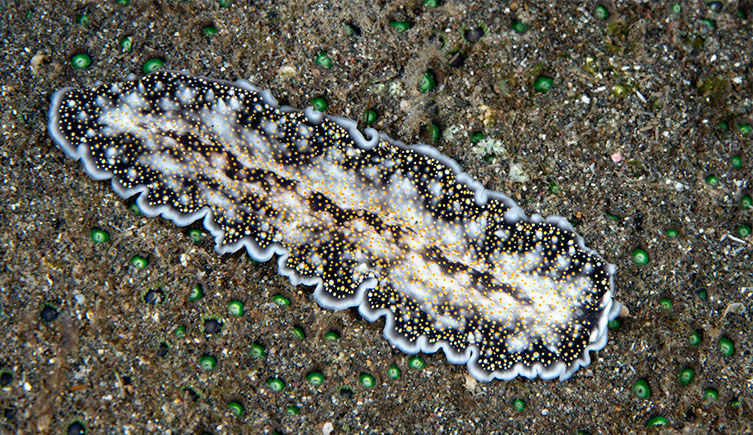Application details
Deadline to apply: Monday 20 January 2025, 17:00 GMT

© Ethan Daniels/Shutterstock
Platyhelminthes - flatworms - are one of the most diverse invertebrate phyla, with 100,000s of species in all aquatic habitats, and a major radiation of some of the most iconic vertebrate parasites (e.g. tapeworms & flukes).
Relative to their true diversity, few species are represented by sequence databases and genome assemblies, and as a consequence, major discoveries about phylogenetic relationships within large taxonomic groups remain to be made.
A significant bottleneck to flatworm molecular phylogenetics is the collection of well-determined material: many flatworm species are rare and cryptic, and identifying them requires specialized knowledge and investigation of a complicated internal morphology.
Natural History collections represent a crystallization of this taxonomic labour – the singular effort that it takes to collect, observe, and determine species. Museum genomics allows contemporary researchers to benefit from this historical effort, albeit comes with the challenges of working with specimens preserved in the pre-molecular era, which typically contain highly fragmented, damaged DNA.
In this project, you will pioneer use of our collection & that of other museums, plus a historical DNA sequencing service currently in development at the NHM, to address problems in the phylogeny of flatworms. Your thesis may contain up to four vignettes representing taxa well-represented in our world class collection: Polycladida, Geoplanida, Aspidogastrea, and Monogenea.
Project Specific Training
The student will be granted cutting-edge training in museum genomics and genomics technologies, which is readily transferrable to other applications.
Conceptually, phylogenetics, population genomics, and bioinformatics are also likely to be major areas of training focus. Some integration with contemporary specimen genome assemblies and associated technologies (e.g. RNA-seq, Hi-C scaffolding) is also likely to be involved.
Deadline to apply: Monday 20 January 2025, 17:00 GMT
Natural History Museum
University College London

.png)